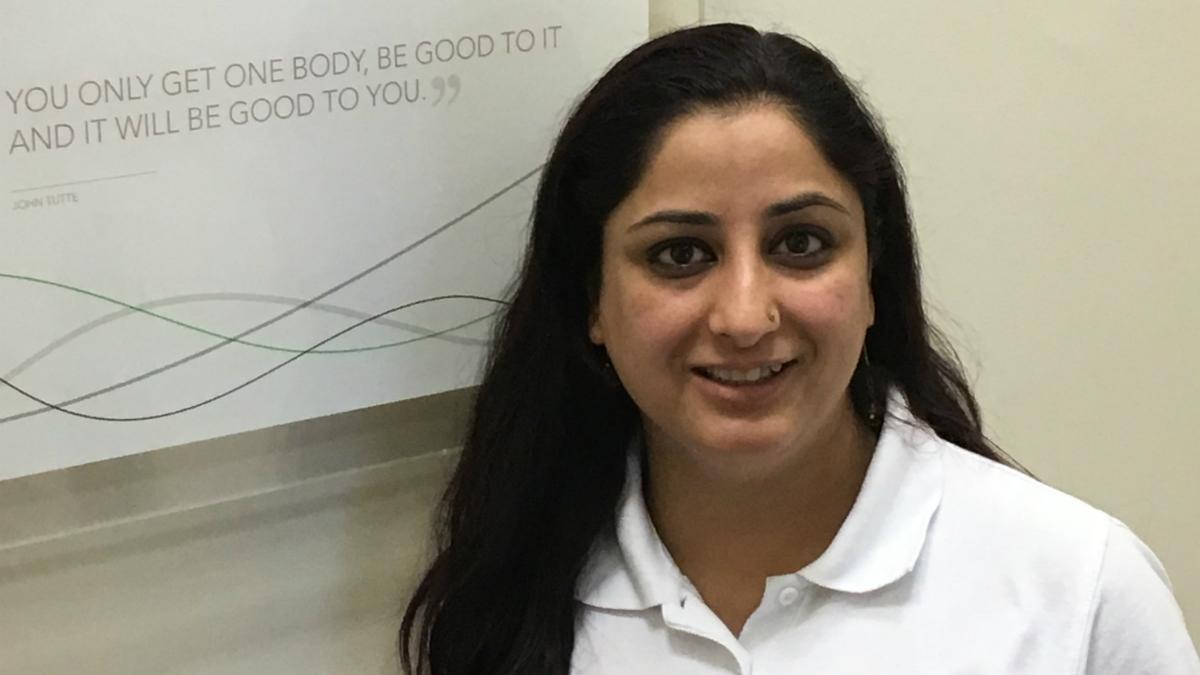An NHS trust in South Yorkshire has reduced sickness absences among staff by introducing a physiotherapy provision, as part of its health and wellbeing strategy.

Sheffield Children’s NHS Trust employed Physio Med, a private occupational health physiotherapy provider, in 2017.
Since then, the service has provided occupational health physiotherapy support that has helped staff recover from injuries and return to work more quickly and safely.
According to data collected by Physio Med, between February 2017 and January 2018, employees who used the service reported an average reduction in pain levels of 58 per cent and an average increase in productivity of 64 per cent.
And by helping staff return to work more quickly and increase their productivity, the trust estimates it has saved £198,492.
It calculated this figure by using the average wait time to access NHS physiotherapy treatment of 14.3 weeks/71.5 days, versus the number of employees discharged from the service, at an average cost of £100 per employee per day.
Jane Clawson, deputy director of human resources and organisational development at the hospital, said: ‘By providing an occupational health physiotherapy provision, we’ve reduced MSD-related sickness absence and helped staff return to full health – and return to work – sooner.’
Phone assessments and self-management advice
Physio Med physiotherapist Shalini Sapru has triaged several of the trust’s employees over the phone.
She told Frontline: ‘Any staff member at the hospital can contact us via their manager if they’re suffering a musculoskeletal injury or disorder. We then call them within a maximum of four hours for a telephone triage to determine if we can treat them over the phone or if they need to referral for face-to-face treatment.
‘I assess them over the phone, which involves asking clinical questions and getting them to carry out various movements which allows me to diagnose them. Then I help them self-manage their conditions and assist the healing process by creating individually tailored exercise programmes, which are sent via video that the patient can access via their smartphone or tablet.
‘I also provide advice on posture, methods of symptomatic relief and modifying their working day to accommodate the injury. The end result is that we are helping the hospitals employees return to full fitness quickly and safely.’
Positive feedback about results
Ms Sapru added that she tends to speak to five or six of the hospital’s employees every week.
‘The uptake was relatively slow to begin with but once we’d successfully rehabilitated a few of the staff members, word soon got around that the service was really effective and the volume of calls started to increase.
To date, feedback from employees has been ‘incredibly positive’, she said, with many people expressing surprise at how beneficial a telephone service could be.
‘The most common comment is that they can’t believe how effective treatment over the phone can be,’ said Ms Sapru.
‘They weren’t sure what to expect from physiotherapy that wasn’t being administered face to face but after listening to our advice and following the exercise guides we supplied to them, they were quickly convinced.’
Every user of the telephone service receives a follow-up phone call, three days after the initial call, so a physiotherapist can review their progress.
Number of subscribers: 1



































